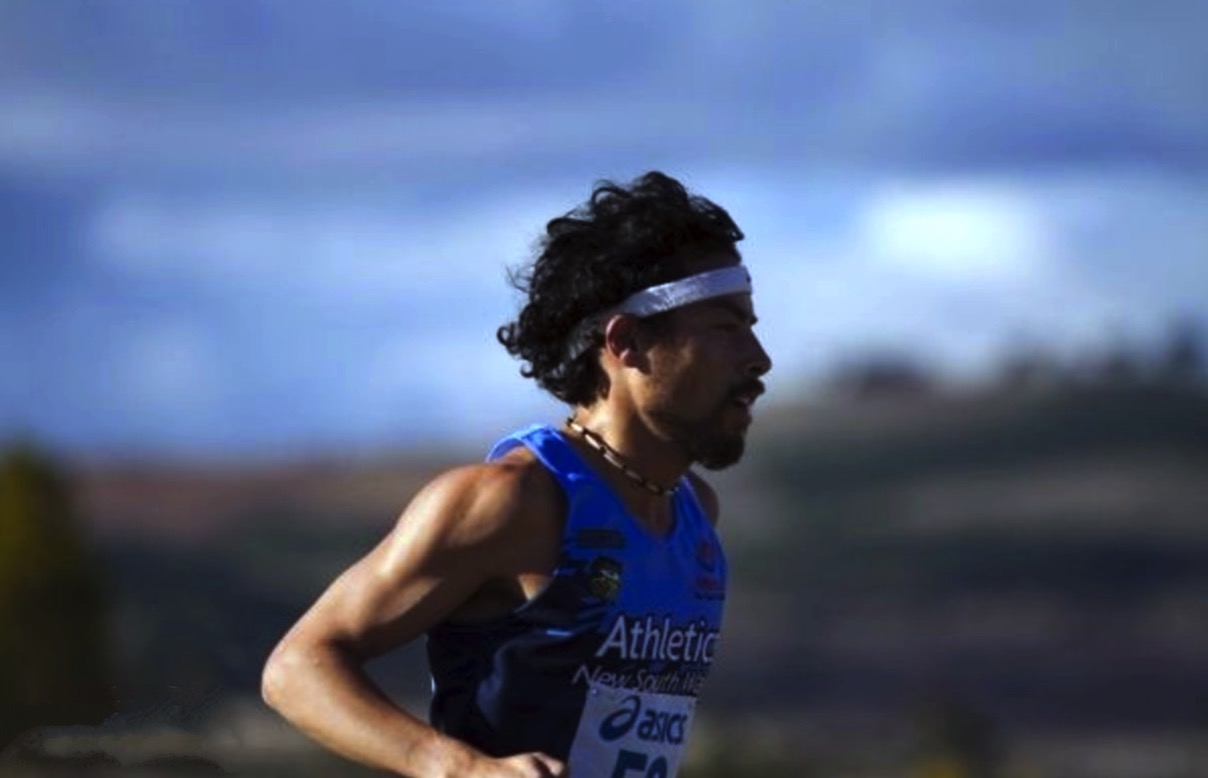Last year Australia’s Russ Dessaix-Chin wrote this colourful and informative description of ‘The Surprise Fartlek’ for RT’s workout series. We present it again for new and returning readers.
Fartlek definition via Oxford Dictionaries online
- A system of training for distance runners in which the terrain and pace are continually varied.
- Origin 1940s: from Swedish, from fart ‘speed’ + lek ‘play’.
Surprise Fartlek – Written by Russ Dessaix-Chin
If you want to bring a bit of fun and freshness to training, this session is a great one to include in the collection. I’m sure most of you would have guessed how it works just from the title, but I’ll bore y’all with the details anyway.
I like to do this session with one of my training buddies here in the Gong, James “Tunnaz” Tunbridge, and it works well because he is a competitive bastard and will turn himself inside out to beat me. We have a 14-16km loop that takes in a few of the beaut sights of Wollongong, including the University grounds and the beach. The course is not entirely flat, but the climbs aren’t horrendous at all and are actually good ones for working together on.
Basically, someone is chosen as the “leader” before the start of the run, and they get to randomly choose where the fartlek efforts begin and end. After about 3-4km of steady running for a warm-up, the fun begins. When ready, the “leader” will drop a surge with no notice, and everyone has to keep up. Simples! It might be the length of a street, or between two light-poles, or just up every climb or slight rise – whatever takes the “leader’s” fancy! I like to mix it up with some short efforts and then chuck in a long effort, up to 400-500m long just to keep Tunnaz on his toes (and to take the sting out of his legs, as he has a vicious kick).
The recovery in-between should be a decent “float”, not jogging, as it is good to keep that heart-rate up for the duration. Generally, I like to keep the ratio of surge to recovery 1:1 or a bit longer, but sometimes it can be fun (and just plain nasty!) to drop a surge well before everyone’s heart-rate has come down to acceptable levels.
I feel this session is good for replicating race situations, not in that most races are stop-start sort of affairs, but it’s more to hone your instincts for when a kick-down is going to come from your opposition…and then your ability to react quickly to the change in pace.
I would recommend to those doing this fartlek for the first time to maybe not kick off with a 14km-long session. You can end up pretty buckled from the constant surging (and constant vigilance)! Maybe start off with 8-10km and work up to a 16km session some time down the track.
Enjoy!

Russ’s Personal Bests via All-Athletics
| Event | Result | Venue | Date |
|---|---|---|---|
| 1500m | 3:51.89 | Sydney (AUS) | 05.11.2005 |
| 3000m | 8:11.01 | Leiden (NED) | 13.06.2009 |
| 5000m | 14:06.50 | Oordegem (BEL) | 04.07.2009 |
| 10,000m | 29:15.59 | Melbourne (AUS) | 14.12.2006 |
| 5 km Road | 14:26 | Noosa (AUS) | 30.10.2010 |
| 10 km Road | 29:38 | Chichester (GBR) | 12.10.2008 |
| Half Marathon | 1:05:32 | Melbourne (AUS) | 14.10.2012 |
| Marathon | 2:23:12 | Chicago (USA) | 12.10.2014 |






























